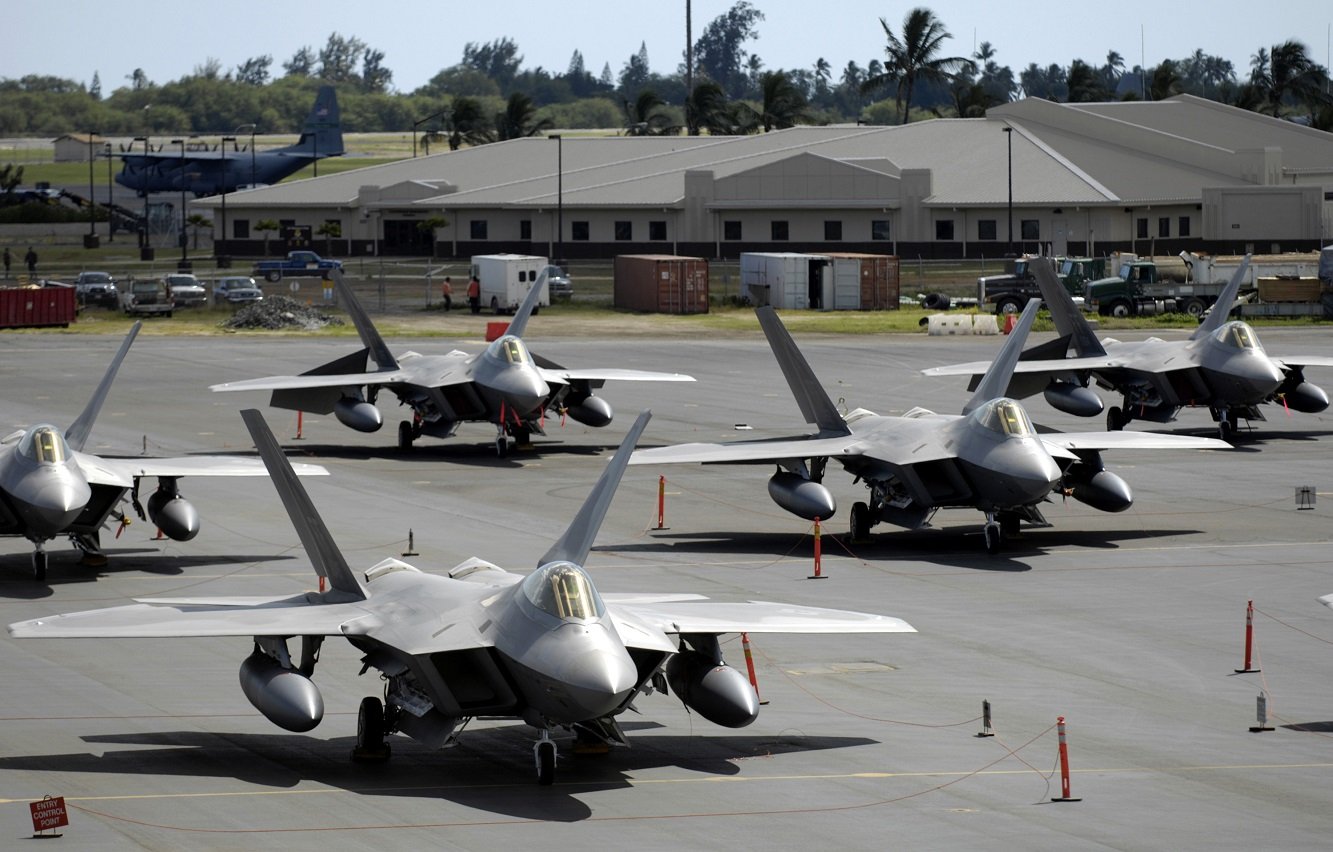‘Sir, We Lost A Stealth Fighter’: France Beat an F-22 Raptor In Fake ‘Dog Fight’
Over a decade ago, a French Rafale fighter jet defeated an American F-22 Raptor in mock combat, a surprising event given the Raptor's status as a 5th generation air superiority stealth fighter.
Summary and Key Points: Over a decade ago, a French Rafale fighter jet defeated an American F-22 Raptor in mock combat, a surprising event given the Raptor's status as a 5th generation air superiority stealth fighter.

-The incident occurred during joint training in the UAE, where pilots from several nations engaged in various combat simulations.
-Despite the F-22's advanced technology, a Rafale pilot managed to outmaneuver it, highlighting the importance of pilot skill.
-This incident demonstrates that even the most advanced aircraft can be outperformed by skilled pilots in certain scenarios.
French Rafale Outsmarts U.S. F-22 Raptor in Mock Combat
More than a decade ago, one of the most controversial incidents in the air industry took place when a French Rafale fighter jet defeated America’s F-22 Raptor stealth fighter in mock combat.
The F-22 Raptor is a 5th generation air superiority stealth fighter. The single-seat, twin-engine jet was the first operational stealth fighter jet in the world, and only one of four stealth fighters flying today—the American F-35, Chinese J-20, and Russian Su-57 make up the rest three.
The Dassault Rafale is a highly capable 4,5 generation fighter. With single- and twin-seat options, the twin-engine fighter jet can carry out a wide range of operations, including attacks against ground and sea targets.

This wasn’t the first time a technologically inferior and older aircraft defeated an F-22. During an earlier instance, a T-38 Talon “shot down” an F-22 during dogfighting training.
The Dogfight
The contentious incident took place in November 2009 when U.S. F-22s flew to the United Arab Emirates to train with the French Air Force (Rafales), British Royal Air Force, (Typhoons), and the UAE Air Force (Mirage 2000).
During several days of training, pilots from all nations faced each other in several different training evolutions.
The F-22 scored well against its training opponents, “shooting down” six Rafales and drawing in five more mock dogfights. However, one Emirati Mirage 2000 managed to “shoot down” an F-22.
If that wasn’t enough for the world’s most advanced fighter jet at the time, a Rafale also defeated an F-22 in a mock dogfight.
The U.S. Air Force denied the instance, forcing the French Air Force to release a video from the Rafale cockpit showing the French pilot being in a position to “shoot down” his American colleague several times.
To achieve that, the Rafale pilot pushed his aircraft to the limits.
At one point, the French pilot even reached 9Gs, and one can hear at the video footage how much he is struggling at those extreme forces of gravity where fighter pilots can sometimes pass out for a few seconds.
Is the F-22 Useless?
The French pilot was clearly a master of his aircraft, who flew very aggressively, pushing his Rafale to the limits and outperforming his American counterpart. However, that doesn’t make the F-22 useless or a failure. Rather, it delineates the importance of the human behind the stick.
In the U.S. jet fighter community, there is the “Any given Sunday/Day” theory, which means that one type of aircraft can shoot down another, even more advanced, on any given day.
Even in this day of advanced avionics, artificial intelligence, and sensors, airmanship and a pilot’s ability to fly well are critical.

Moreover, training “deaths” are just that. They help pilots test their aircraft and their tactics and be ready for the real thing.
It is undeniable that the F-22 Raptor is the more superior aircraft, but the Rafale pilot proved that a highly trained and clever pilot can ruin the day of even the best technology in the world.
About the Author
Stavros Atlamazoglou is a defense journalist specializing in special operations, a Hellenic Army veteran (national service with the 575th Marine Battalion and Army HQ), and a Johns Hopkins University graduate.
All images are Creative Commons.


